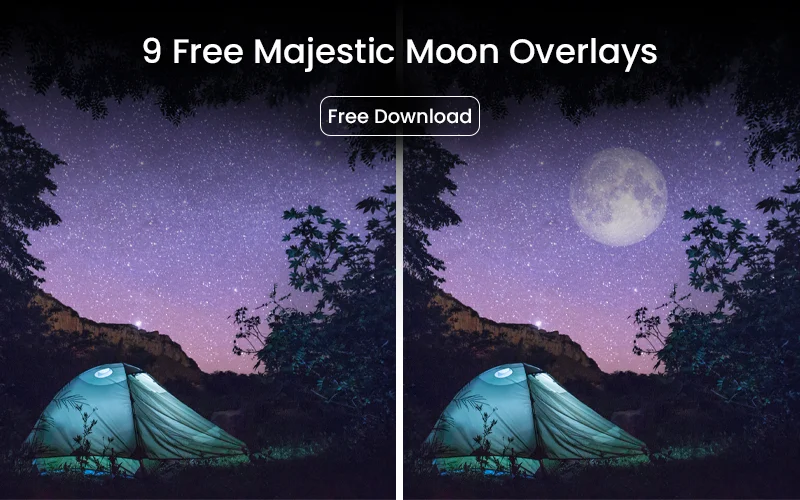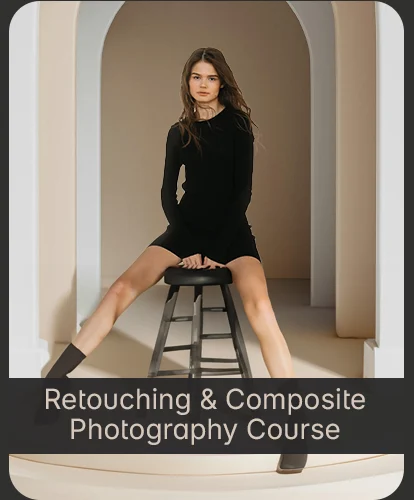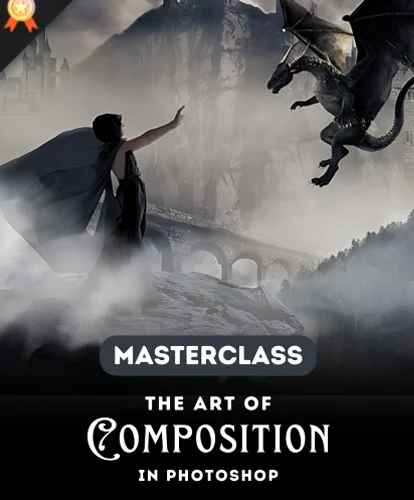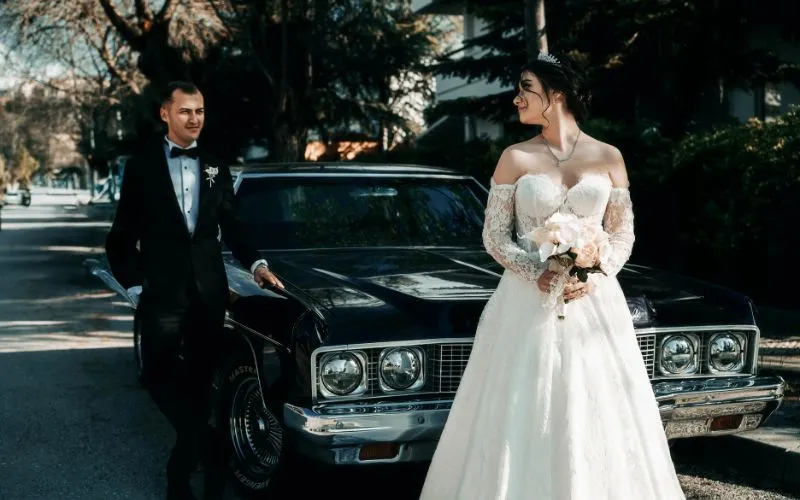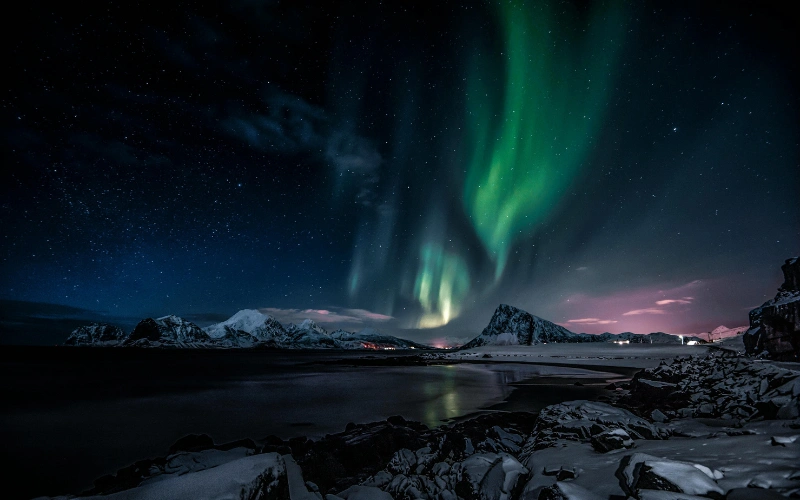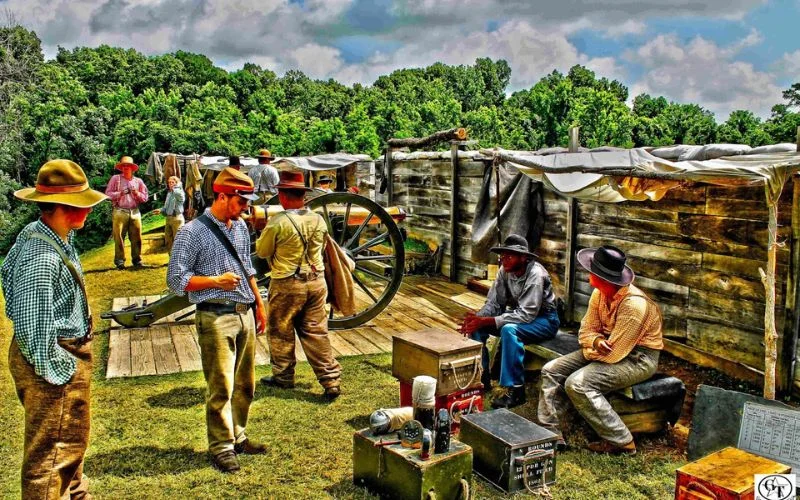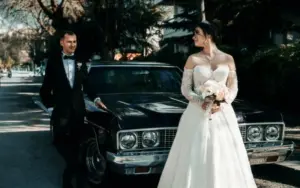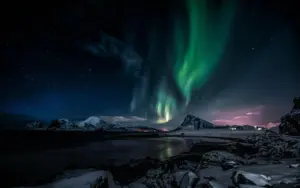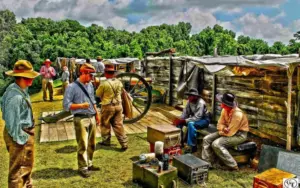What is composite photography? How can you composite photo in Photoshop?
The world of photography is evolving every day. Skill upgrading can add much value to your work as a photographer.
Compositing photos is one of the best skills that you can add to upgrade from time to time. Compositing pictures never gets old.
And also, it help you with the maximum exposure to your photography editing skills. You learn when you experiment more with different elements.
Photoshop is a handy tool for all photographers. So, let’s see how we can composite photo in Photoshop.
In this blog, we will help you with the basics of composite pictures in Photoshop. And explore the ins and outs of creating stunning compositing in Photoshop, offering practical tips and step-by-step instructions. Also, explore these amazing photo compositing products that can help you to take your photography to the next level.
Compositing In Photoshop – Table of contents
I. What Are Composite Images?

A composite image is an image made from a variety of images. It helps you to add different elements and combine them into one image.
You can do this using layers; the photographs are combined to merge into a single image that appears to the viewer. There is an essential difference between a collage and a composite image.
This technique enables photographers to produce images that may be impossible to capture in a single frame.
Whether you want to teleport your subjects to a fantastical world or enhance the storytelling aspect of your images, photo composition Photoshop is a powerful tool in your creative arsenal.
Check out 28 Drawing Photoshop Effects Bundle
II. Essential Tools in Photoshop
Photoshop has multiple tools that can help implement and execute composite photo in Photoshop.
You can also utilize helpful composite plugins to walk you through compositing.
Let’s learn about all the essential photo composition Photoshop tools.
1. Layers and Masks
Photoshop’s layers and masks are the backbone of composite image creation.
Layer masking is an excellent technique that allows you to hide parts of an image or layer without deleting them. It’s like using an invisible shield to cover up certain areas.
This comes in handy when you combine different images and composite images in Photoshop, change the background colours, remove objects, or make specific edits to only certain parts of the layer instead of the whole thing.
Layers allow you to stack different elements, while masks enable you to blend them seamlessly. Learn how to use layer masks to hide or reveal specific parts of each layer, ensuring a harmonious integration of elements.
2. Selection Tools
Photographers have their magic wand, which helps their imaginations to be reality.
Mastering selection tools like the Magic Wand and Lasso is crucial for isolating elements within your images.
Understanding how to create precise selections ensures that your composite images look natural and cohesive.
3. Transform and Warp
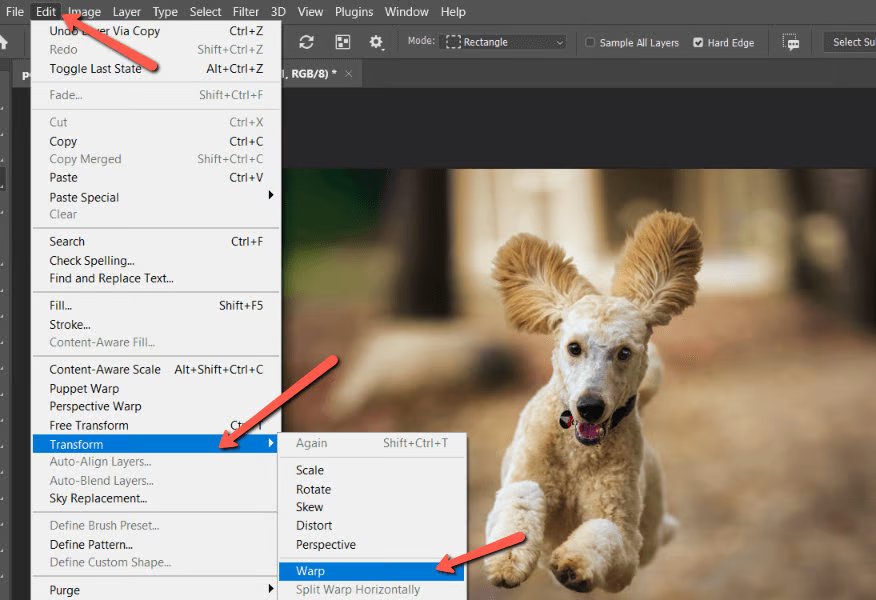
Photoshop’s Transform and Warp tools allow you to adjust the size, perspective, and shape of individual layers. This flexibility is critical to making your composite pictures in Photoshop look realistic and well-integrated.
The warp tool can be accessed by going to Edit at the top of the screen, selecting Transform, and then Warp. You can access it by clicking Ctrl+T on a PC or Command+T on a Mac.
III. Planning Compositing In Photoshop
1. Conceptualize the Final Image
Before composite images in Photoshop, have a clear vision of the final result.
You can look at your images and review them before starting to edit them in Photoshop.
Consider the story you want to tell or the emotions you aim to evoke from your image. Sketching or creating a mood board can help solidify your ideas.
2. Selecting Compatible Images
Once the concept is ready and aligned with your project, you can select the composite pictures in Photoshop.
Choose the right images. You can consider these parameters. Choose images that complement each other in lighting, perspective, and colour.
Consistency in these elements is crucial for a seamless blend. Pay attention to details like shadows and reflections to maintain realism.
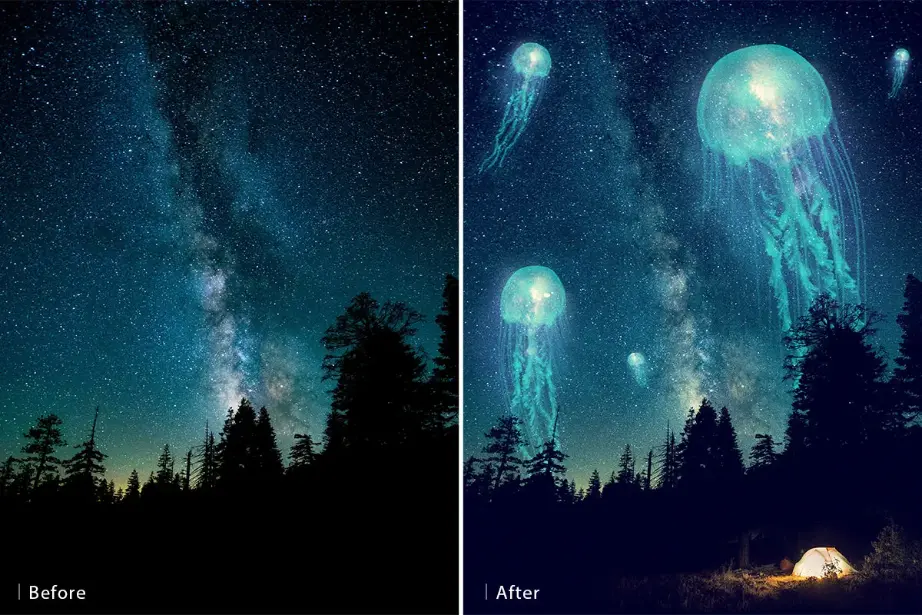
Different Effects You Can Achieve With Composite Photography
Composite photography is undoubtedly one of the best ways to bring out the best in your images in terms of editing.
You can create and experiment with numerous effects in a single image using different composite techniques. Not just effects. You can combine other photos, graphics presets and whatnot!
This compositing technique will help your images look unique and dynamic. Let’s look at a few effects you can create to get you started.
1. Photo Manipulation
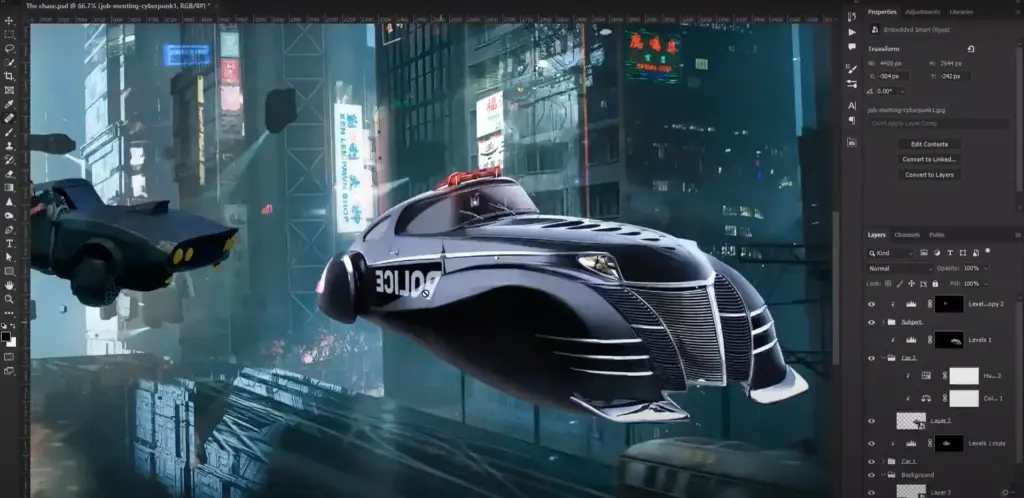
Photograph manipulation involves the transformation or alteration of a photograph. To manipulate the photos in the right way is a skilful artwork.
With the help of photo manipulation, you can beautifully combine two images or elements in one image.
Therefore, you don’t have to photograph an object or a person, especially on a particular beach or mountain peak. This is an excellent help for any photographer or designer who can create a unique photo at home.
You can learn more about Photo Manipulation here: Photo Manipulation & AI: Crafting Visual Wonders
2. Animation
If you are trying to mix and match images by overlapping them, you can achieve the effect of a moving photo that is animation.
If you want to add a cartoony effect to your images, you can use compositing in Photoshop. You can create an illustration showing a selected movement stage, e.g., in slow motion. You can use this method to create an exciting animation for your website.
3. Panorama
We have observed that it can be difficult to create a flawless panorama from your smartphone.
Here’s the solution to it. You can create a beautiful panorama by overlaying photos or using Photoshop overlays for composite photography. The composite technique is the perfect way to blend two images to create a panoramic photograph seamlessly.
4. Double Exposure Effect

What is double exposure?
Double exposure photography is a technique where two different images are superimposed on top of each other.
This allows you to combine two photos into one and composite images in Photoshop. This will enable you to get abstract graphics with an artistic character.
This photography is unique once executed correctly. We understand that long exposure photos are difficult to shoot these images.
But it ain’t impossible. Check out this masterclass to master long exposure photography now: 7 Lessons To Long Exposure Photography By Gim Liu.
IV. Step-by-Step Guide to Creating Composite Images In Photoshop
Step 1: Prepare Your Images Before Photo Compositing

Now, while we are compositing photos. You can pick any two pictures here. We have a betta fish and a model.
You can start by dragging the bettafish image into the Photoshop document as a new layer on top of the model image.
Step 2: Adjust The Position Of Your Compositing Photos

Moving forward, we are going to fit the betta fish image. You can use your creativity to adjust the image and position it however you want.
Once you are done, you can right-click on the fish and select Warp to manipulate it further.
Step 3: Reveal The Face

For the next step, the objective is to reveal the model’s face. So, select the fish layer and click on the Layer Mask icon to create a mask.
You can use the Brush tool with black selected to allow areas of the model’s face to show through.
Step 4: Start From the Beginning

You have to repeat all the steps in this final stage of composite images in Photoshop.
You can add extra fins to just brighten up the image. To do the same again, drag the betta fish again to add another layer, then follow the previous steps to position the additional fins to create flowing “hair” on the model.
You can also alternate turning layers on and off to edit in isolation; you can experiment the same way or view the composition in its entirety.
Conclusion
To sum up, composite photography is a cool trick that lets photographers make awesome and creative pictures by mixing different things in Photoshop.
If you know how to use the right skills and tools, you can make it seem like your subjects are in magical places, tell cool stories, and be super creative.
By learning the basics and using important tools in Photoshop like layers, masks, selection tools, and transform/warp, and planning your picture ahead of time, you can make your mixed-up pictures look smooth and real.
If you follow a step-by-step guide of how to composite images in Photoshop, you can become really good at this and take your photo skills to the next level. So, get your camera, let your creativity loose, and jump into the world of composite photography to make amazing and special pictures that grab people’s attention.

